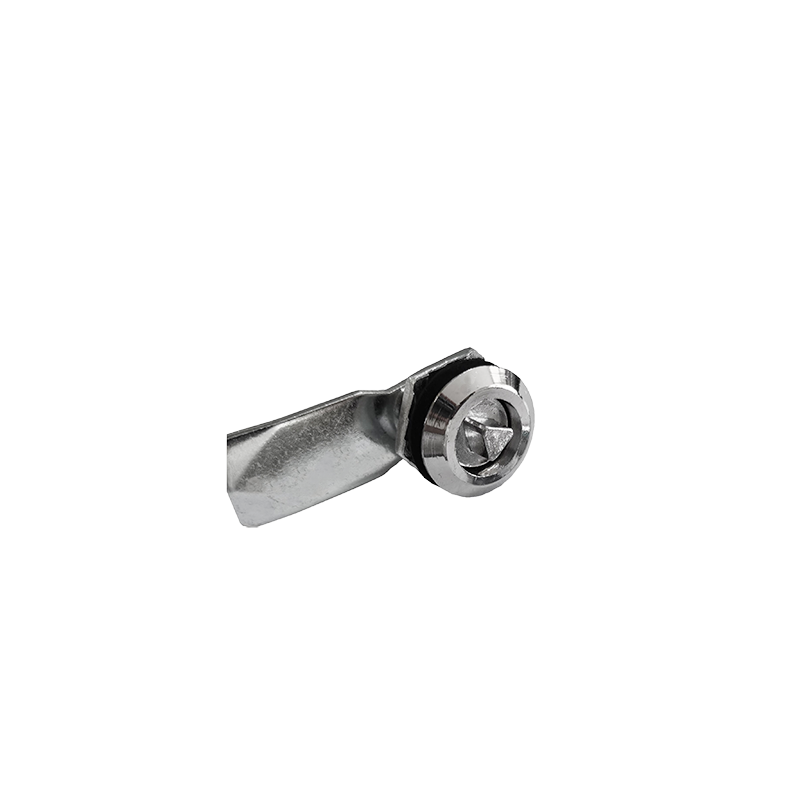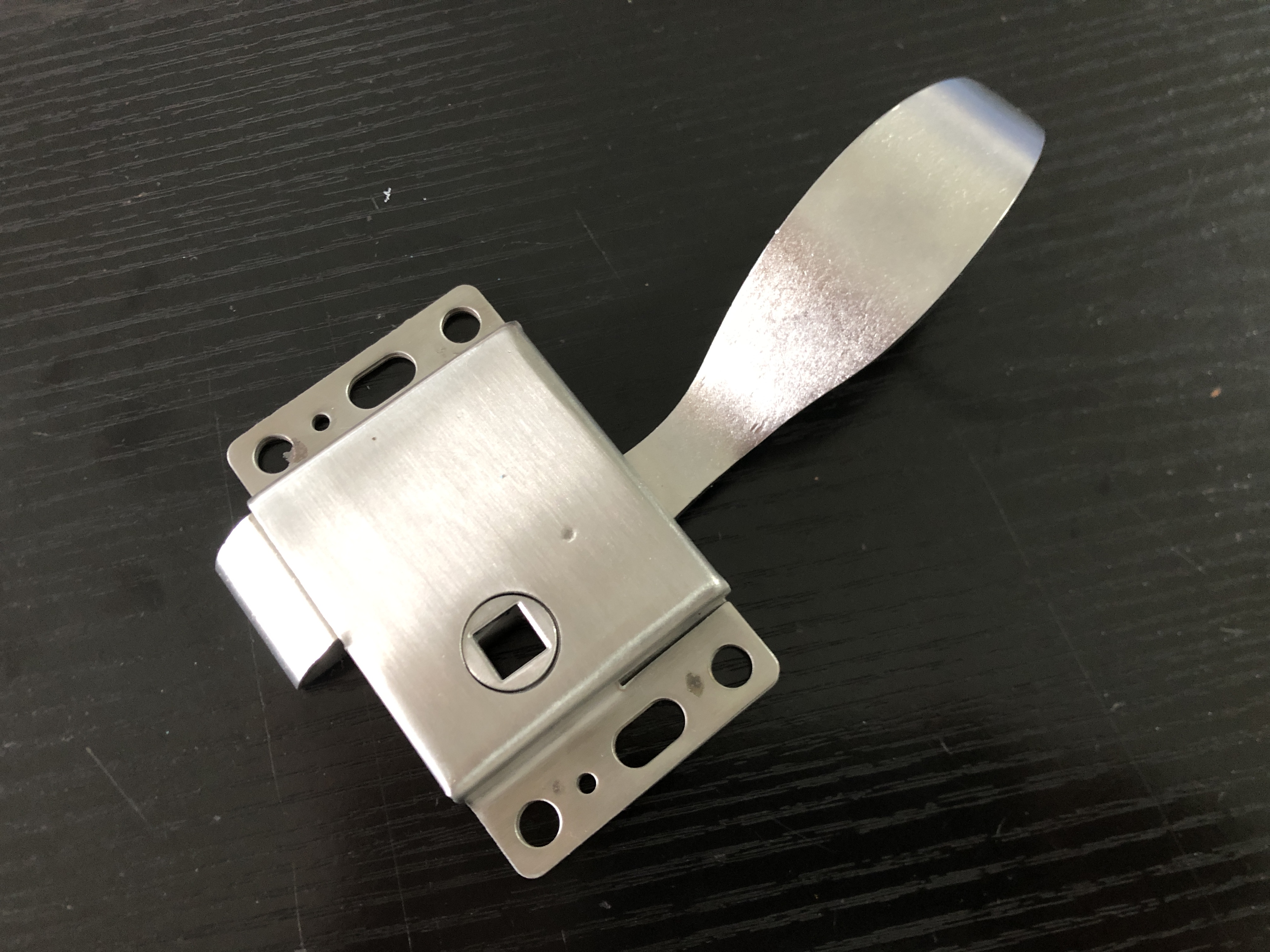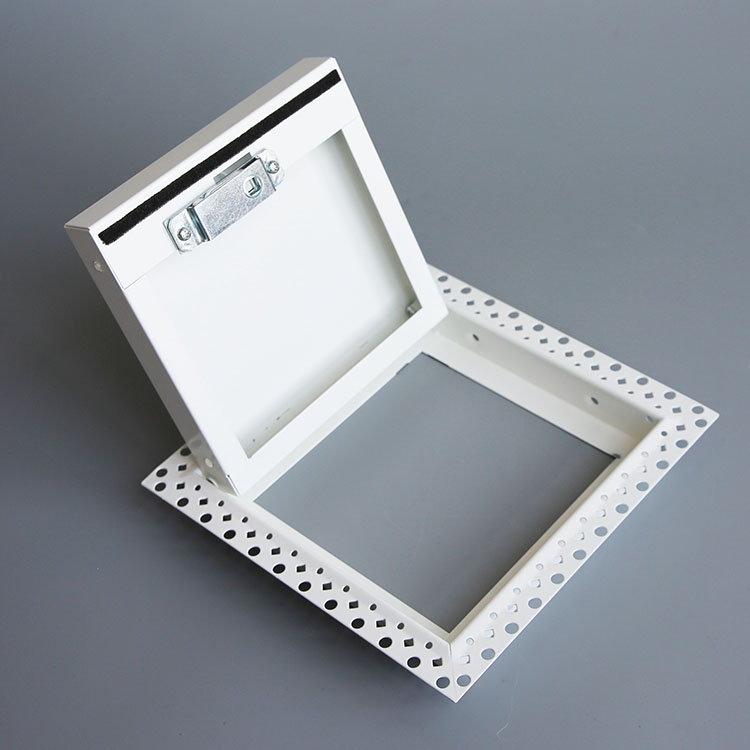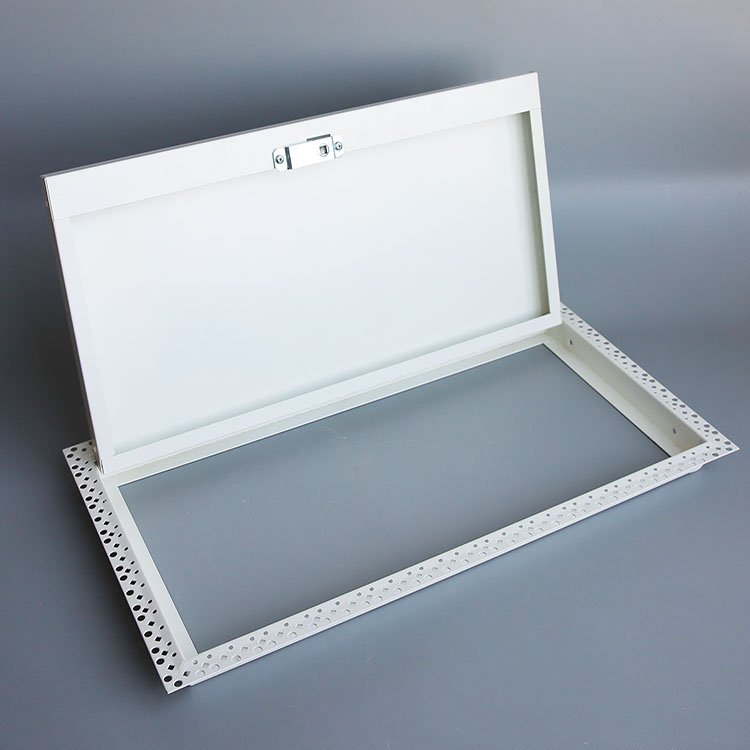Summary:In general, it is forbidden to use temporary lines. If it must be used, it must be approved by the mobility department and the safety technology depar......
In general, it is forbidden to use temporary lines. If it must be used, it must be approved by the mobility department and the safety technology department. Meanwhile, the temporary line shall be installed according to relevant safety regulations. It is not allowed to pull randomly. At the same time, it shall be removed within the specified time.
Good grounding devices must be provided for operations that are prone to static fire and explosion accidents (such as washing parts with gasoline, wiping metal plates, etc.), so as to conduct accumulated static electricity in time.
In thunderstorm days, do not go close to the high-voltage pole, railway and lightning rod within 20m around the grounding conductor, so as to avoid the step voltage electric shock caused by lightning flowing into the ground.
When the high-voltage wire is broken to the ground, personnel are not allowed to enter within 10m around the wire breaking point to prevent electric shock by step voltage. If someone is within 10m at this time, in order to prevent electric shock caused by step voltage, do not run by step, and use one foot or two feet to jump out of the dangerous area.
In case of electrical fire, the power supply shall be cut off immediately, and yellow sand, carbon dioxide, carbon tetrachloride and other fire extinguishing equipment shall be used to extinguish the fire. Water or foam fire extinguisher shall not be used to extinguish the fire, because they have the risk of conducting electricity. During fire fighting, it shall be noted that any part of one's body and fire extinguishing apparatus shall not contact with wires and electrical equipment to prevent electric shock.
When cleaning and cleaning the equipment, it is forbidden to wash the electrical facilities with water, or wipe and test the electrical facilities with a wet rag to prevent short circuit and electric shock.


 English
English 简体中文
简体中文










